Weeds & Worts
I recently watched a team of men unload their strimmers, mowers and blowers as they prepared to cut back the verges and grassy areas on the housing development, I walk my dog through.
Their brief I assume to cut the long, flowering grass back to a neat, green swathe. In doing so, removing the mass of clover flowers I’d been admiring and the bees had been feasting on. Lost too would be the intricate and lacey Queen Anne's Lace, merrily bobbing around attracting bees and pollinators.
I quickly picked a few stems to enjoy in a vase at home and carried on walking.
I suppose these wild plants are classed as weeds, growing in the wrong place for whoever decided to build houses there.
This got me thinking about how we decide some plants are weeds and others are garden plants.
That Queen Anne's Lace (Daucus) was every bit as intricate, pretty and beneficial as the more cultivated Ammi majus and Orlaya grandiflora we plant in our gardens - and probably significantly easier to grow. But it was deemed a weed and so less valuable.
Are all wildflowers weeds or is there a defining difference?
Who decides their fate?
On my walk I spotted several other ‘garden favourites’ growing in the wild.
Buddleias that had self seeded on the wild edges around the fields and were all a flutter with butterflies; wild oregano and wild mint giving off lovely herby scent, attractive yarrow (achillea) their flat flowerheads topped with pollinators, the lilac pincushion blooms of scabious and architectural mullein (verbascum ). Growing in our gardens, these plants would be valued, cultivated and admired. But the wild weeds are at best ignored and at worst sprayed and killed.
Is it simply a question of place?
Based on our desire to contain plants to grow where we want them. That once they break out beyond our defined boundaries, they become unvalued.
Oxford Dictionary definition for weeds is:
noun. noun. /wid/ 1[countable] a wild plant growing where it is not wanted, especially among crops or garden plants. The yard was overgrown with weeds.
Some of the plants that we call weeds are survivors introduced many years ago, from abroad . Others are long established ‘wilders ‘. They are tenacious and often have evolved methods of reproduction. When they invade our gardens and grow where we don't want them, they seem to become quite hated.
Yet many of these plants were encouraged and prized by our forefathers who harvested them as important additions to their restricted diet and medicines.
The term weeds comes from the Old English word Wyrt, meaning small plant or herb, especially as used for food or medicine.
Our ancestors were only interested in plants with a medicinal, edible, practical or magical use. Life was hard, survival key and there was no place for purely ornamental plants.
The common names of many of these weeds are a window into our history and culture. The names evoke bygone days and can hint at a plant’s uses, whispering of magical powers and spells, abilities to heal, culinary promise and folklore. Think selfheal, knitbone, eyebright, heartsease, woundwort, butcher’s broom, fleabane, lady’s bedstraw, motherwort even the familiar honeysuckle.
Today the suffix wort (a derivative of wyrt) indicates a plant with medicinal benefit. For example, St. John’s wort
Plant knowledge like this has been passed down from generation to generation, often verbally. A practical, traditional knowledge bank built up over centuries.
I’m pleased to see a recent revival of interest in ancient country knowledge, plant remedies and uses for weeds – especially now we don’t run the risk of witch trials if we use herbs as plant remedies!
The following 6 plants are reviled as weeds in our gardens but do you know their benefits?
Daisies
Pretty and valuable plants but never appreciated by lawn purists . They have many common names including Bairnwort and Bruisewort - an insight into the use of daisy ointment to treat wounds and bruises.
Nettles
Often indicate fertile patches of soil, makes a nutritious liquid plant fertiliser, are full of iron (more than spinach) and vitamin C and are astringent.
Clovers
Drought tolerant plants, lasting long after the grass has burnt away in the heat of summer.
The roots have little pockets of nitrogen which are released into the soil – improving it and feeding the plants around them.
Clover tea is a remedy for whooping cough.
Ground Elder
A gardener’s nightmare because of its rapidly spreading rootstock. Yet it was considered ‘a gift from God’ in the Middles Ages when it was used to treat gout – hence its common name goutweed. It was cooked as a vegetable and actively planted to ensure a constant supply!
Dandelions
Not only cheerfully attractive, they are also excellent culinary and medicinal herbs.
Dandelion leaves contain more vitamin A B & C than many fruits and veg but are very bitter.
They have a long and rich history of folklore - the superstition that picking dandelions makes you wet the bed could derive from the dandelion’s property as a powerful diuretic.
They are also a natural remedy for conditions such as water retention, edema, and kidney stones. Even the pernicious tap roots loathed by gardeners can be used to cleanse the liver. Plus, pollinators love dandelions - 93 species of insects visit them.
Selfheal
This plant creeps along verges and pops up in lawns producing striking spikes of purple flowers. It has a long history of healing and a raft of common names alluding to its ability to staunch bleeding and promote healing of cuts and bruises.
Science has now revealed that selfheal contains powerful antiviral properties effective against a range of bacteria ,including the one that causes tuberculosis.
Weed Control in Gardens
I feel passionately about understanding the value of all plants, not just the trendy, blowsy fashionable ones.
But I’m also a practical gardener and my profession is to design attractive landscapes. I'm not an advocate of messy, weedy gardens and I know the frustration of trying to clear ground elder, bind weed and pernicious weeds off a plot!
So realistically we may need limit the weeds we don’t want in our gardens.
But this can be done without weed killing regimes. They need to stop! Weed killers should only used as a last resort and completely avoided to encourage wildlife in our gardens.
The best way to limit weeds is to cover the soil so they don’t set seed and spread. Remember, many of these plants are expert at proliferating!
Cover soil with dense planting, overlay bare areas with mulch or membrane and weed regularly.
Then perhaps we can learn to love what weeds remain. Some are very attractive.
Have you looked closely at an archangel or a dead nettle (Lamium)? Their flowers are like exquisite little orchids.
The time has come to properly look at all plants. To notice the ones we’ve previously scorned, belittled or overlooked. To stop spraying, strimming and killing them out of hand. To find a place for them. Some of them are treasures and they may be just the medicine we need.
Further Reading…




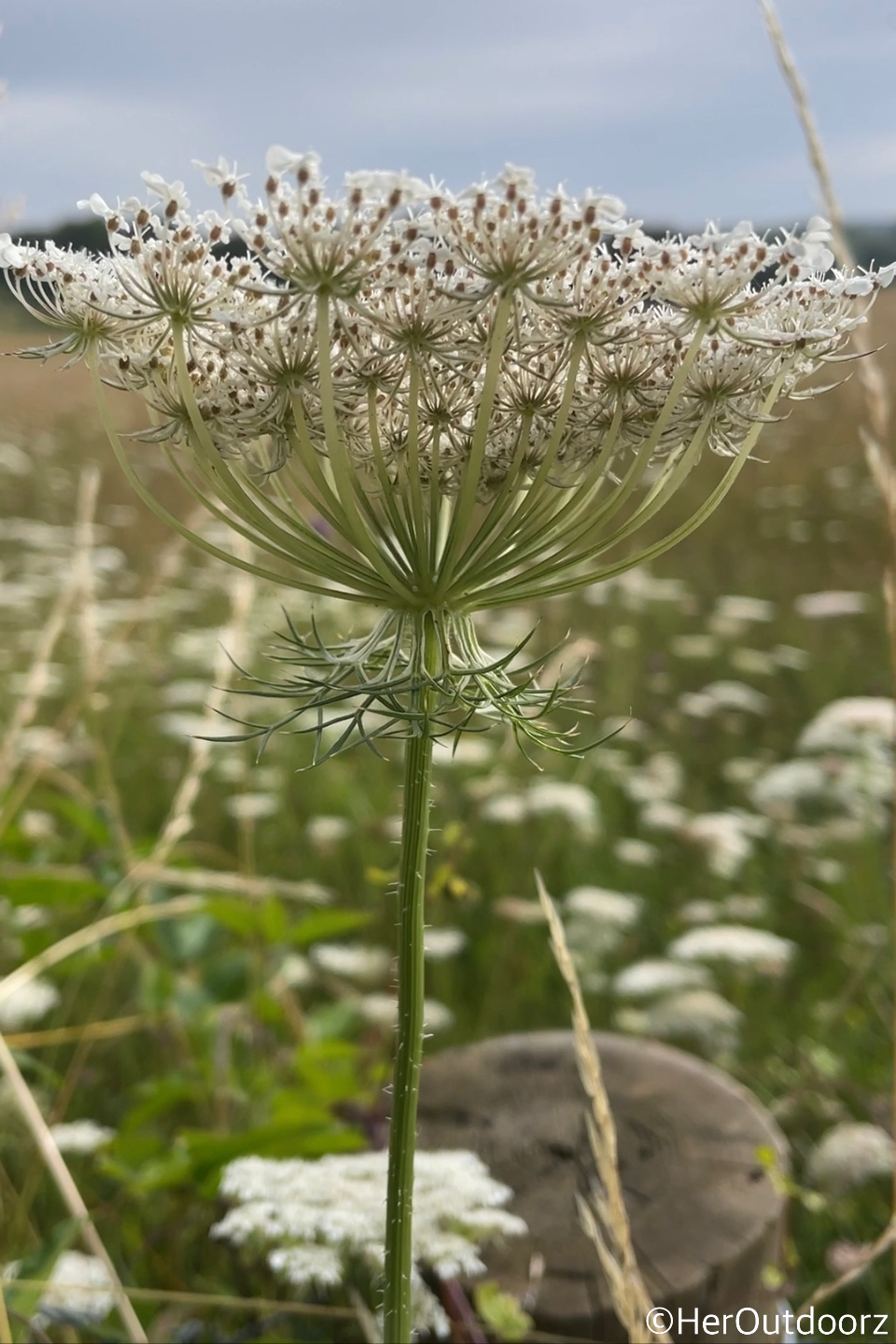
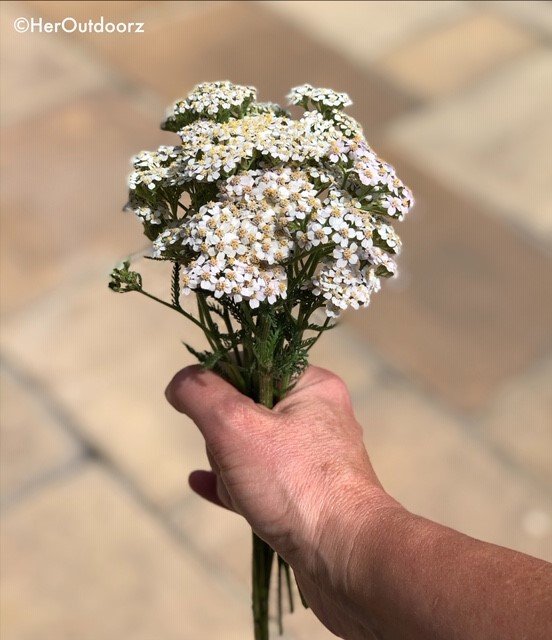
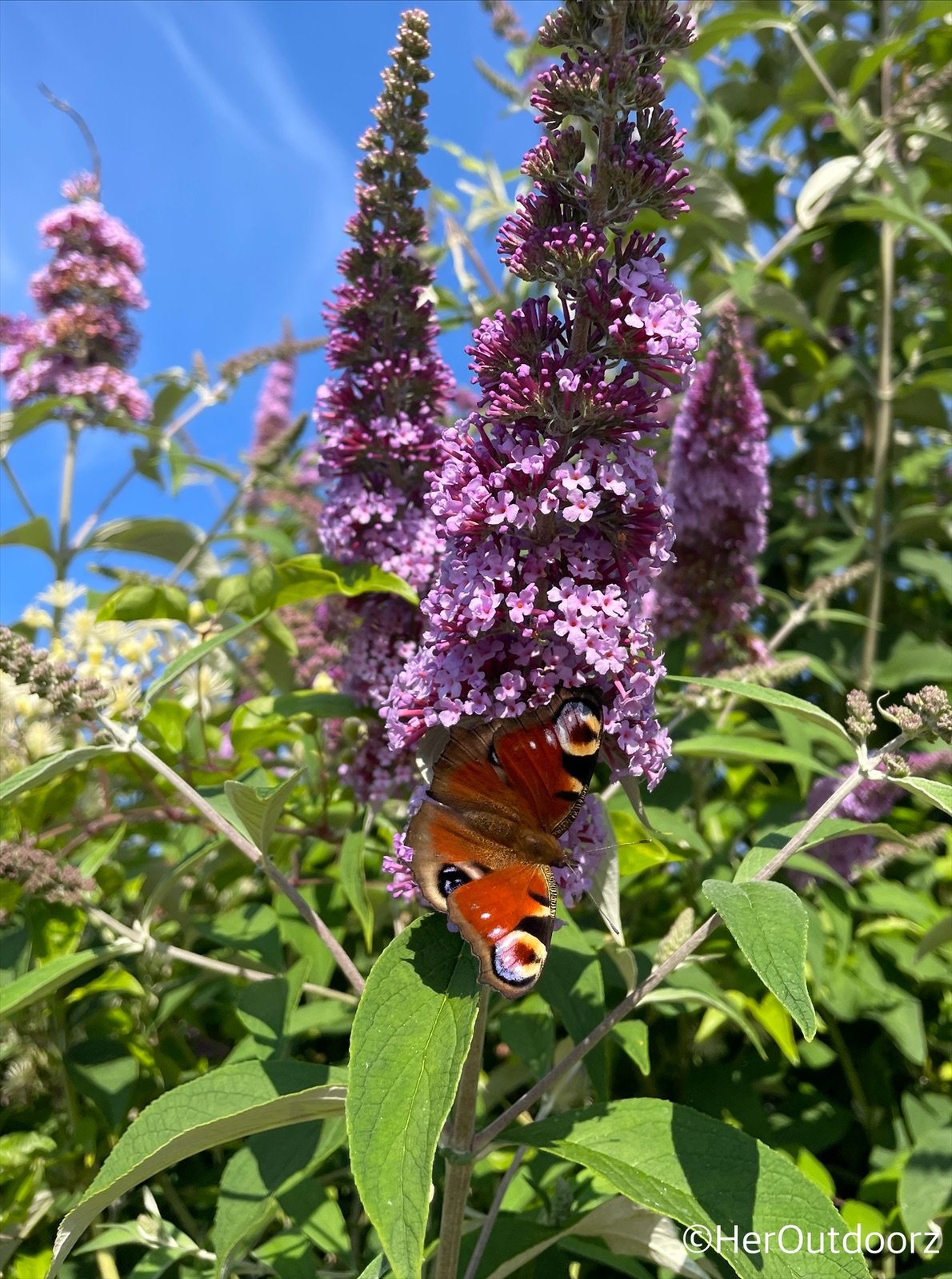
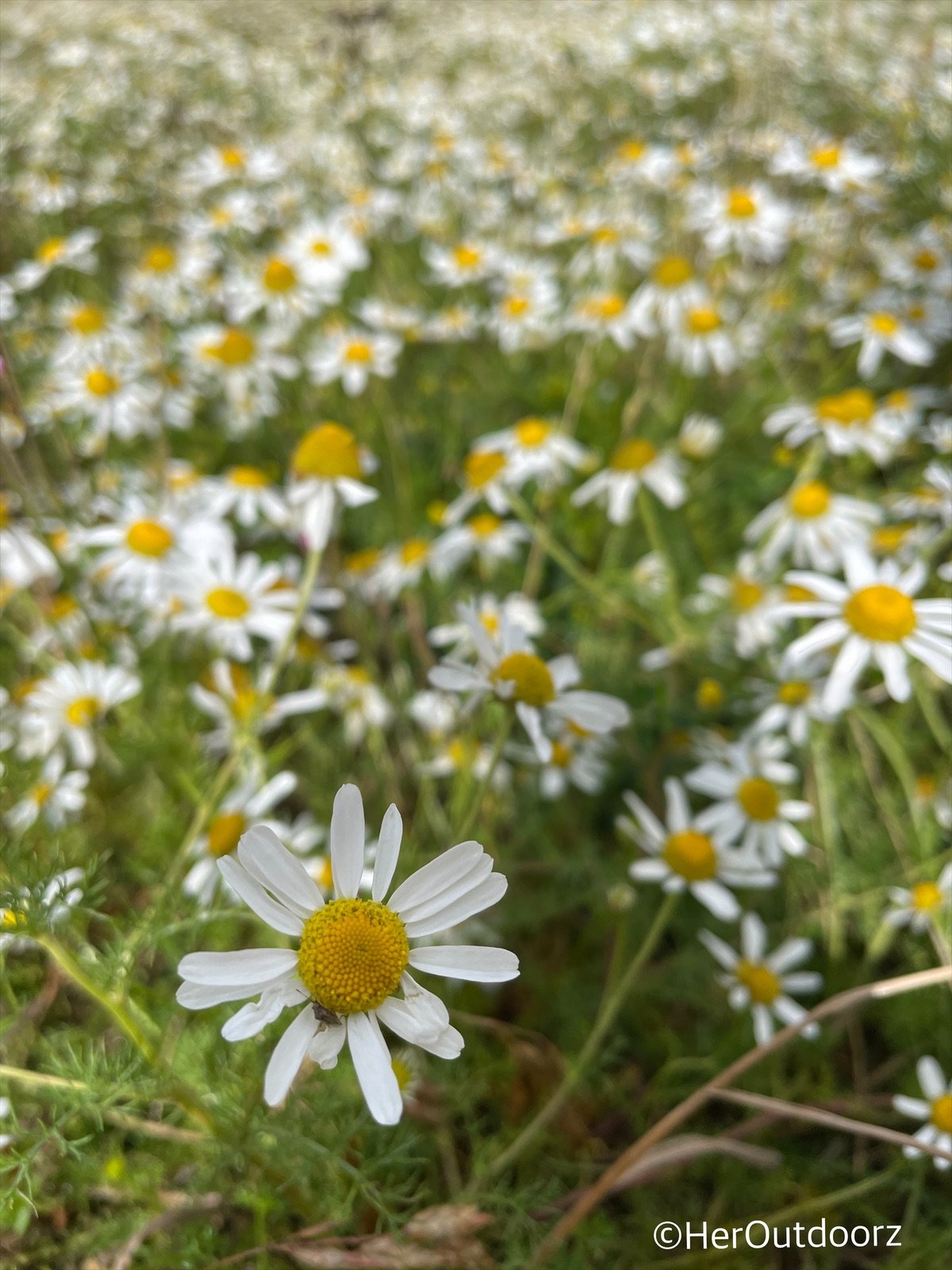
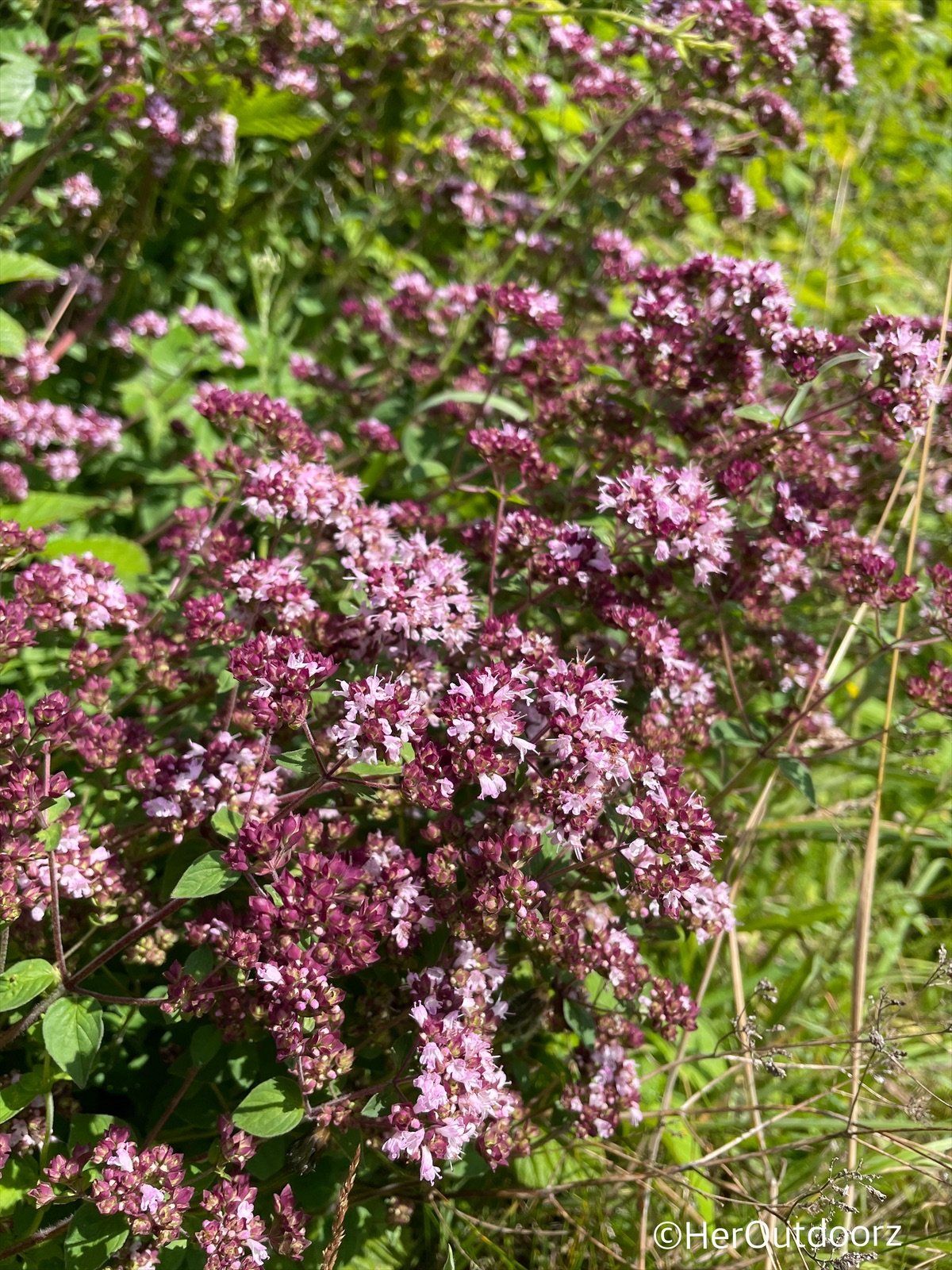
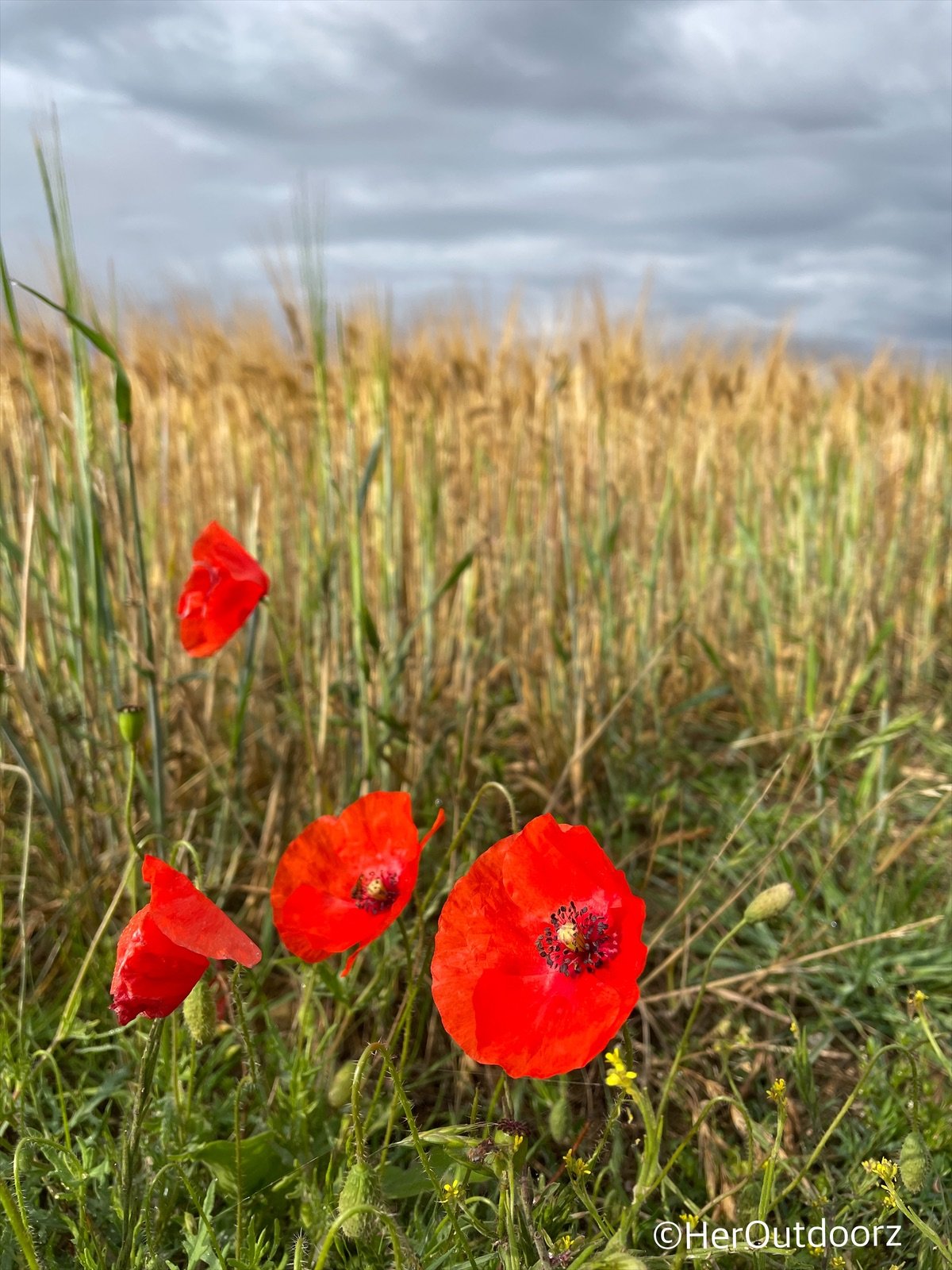
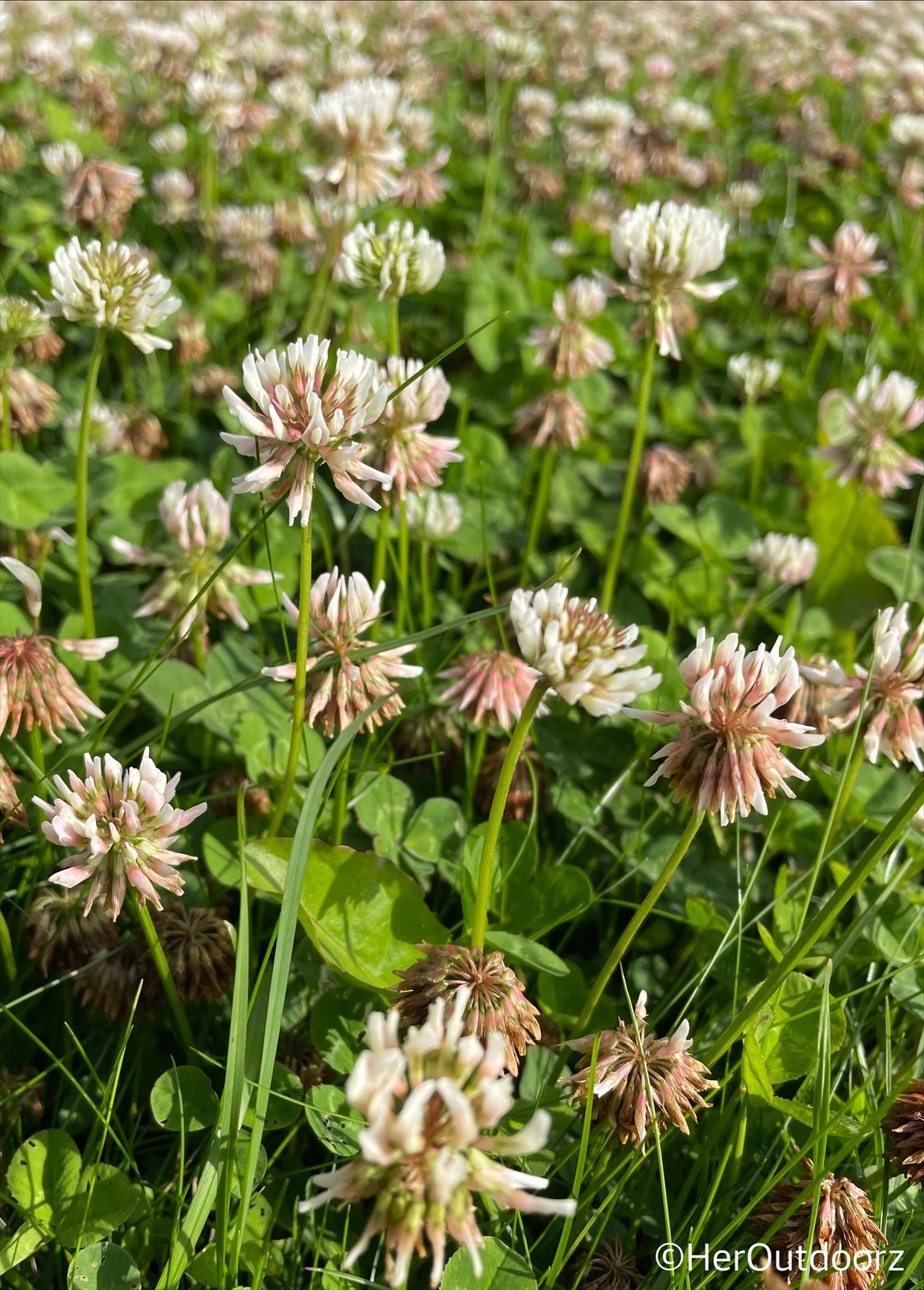
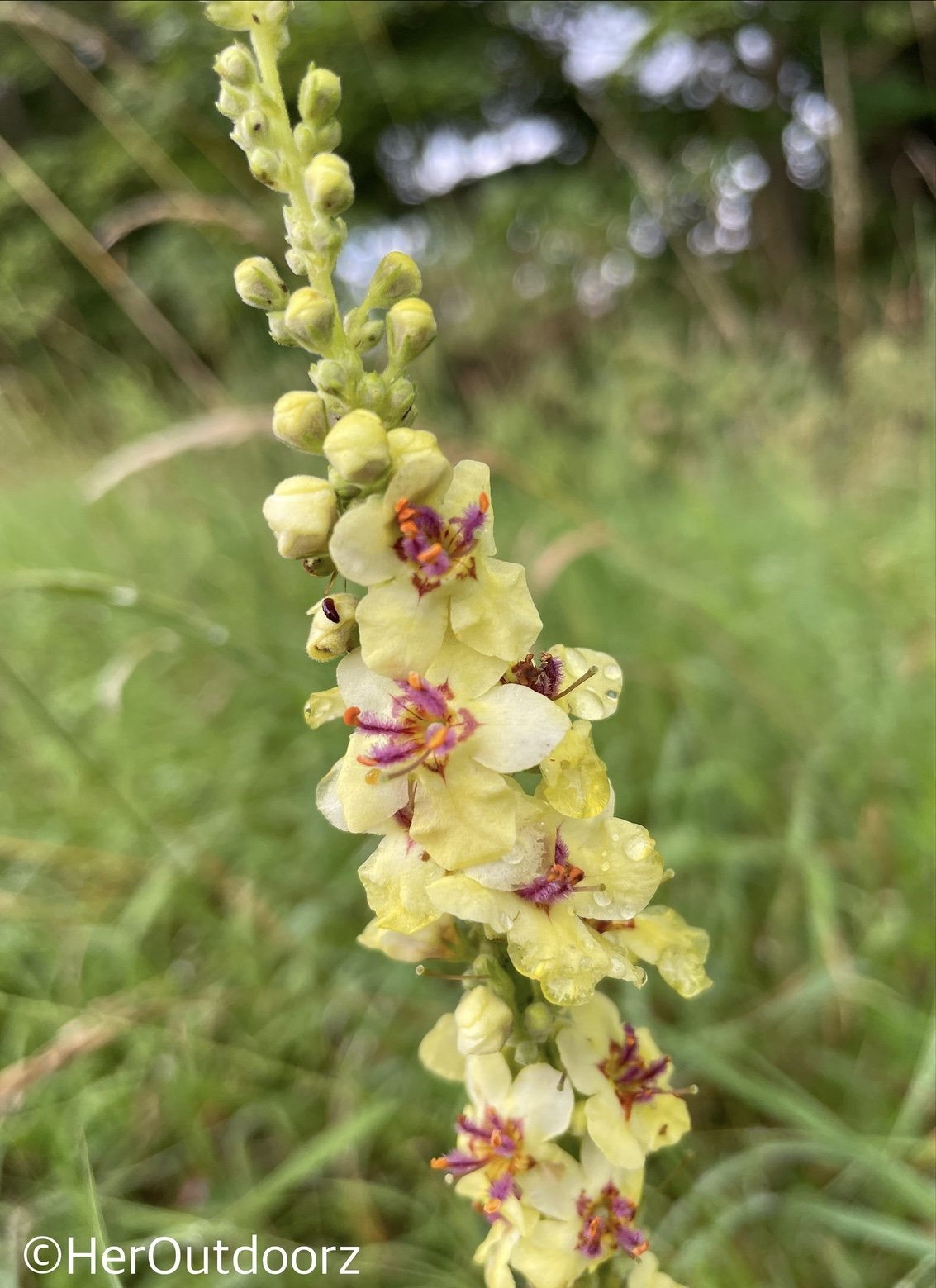
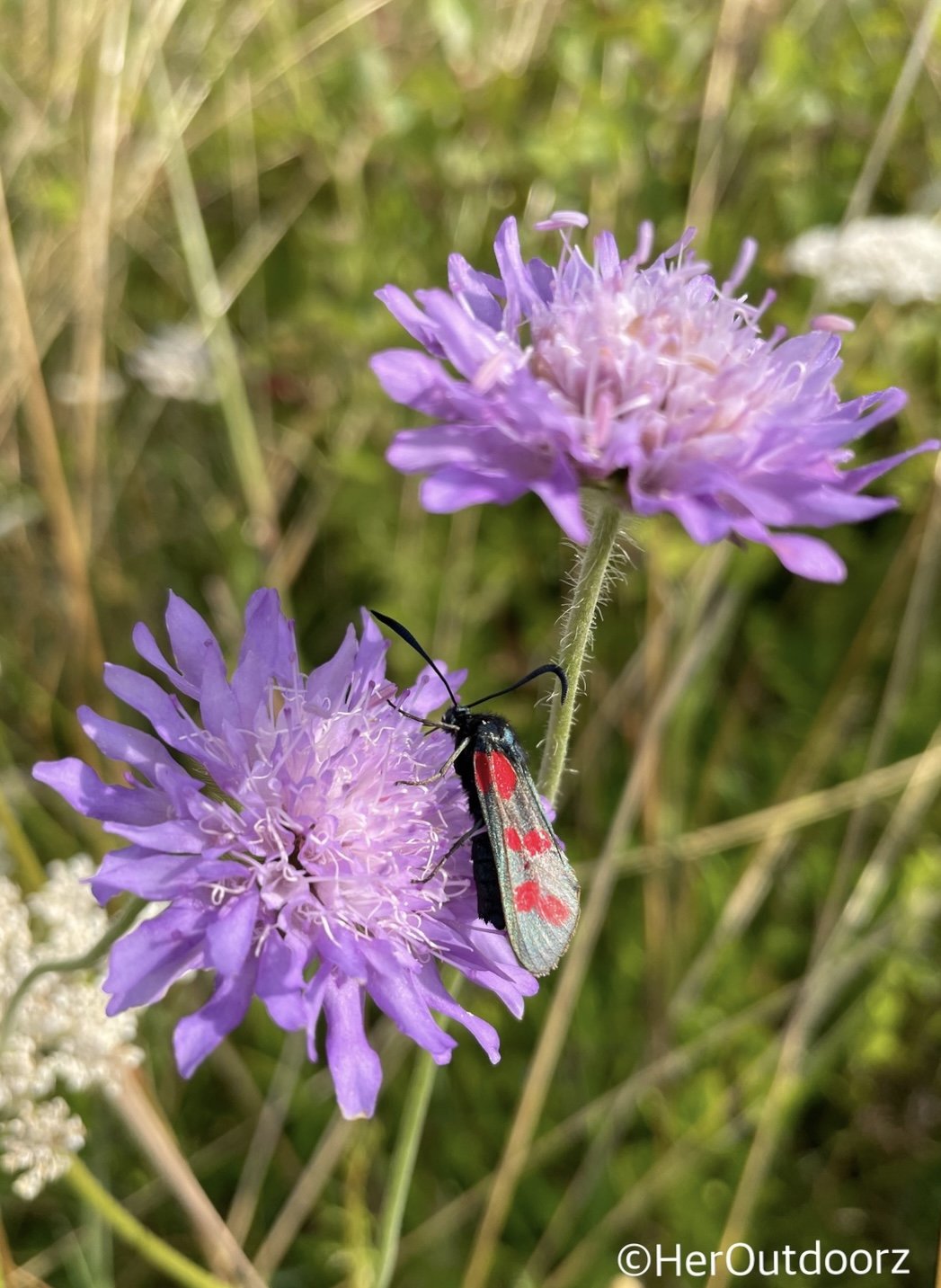
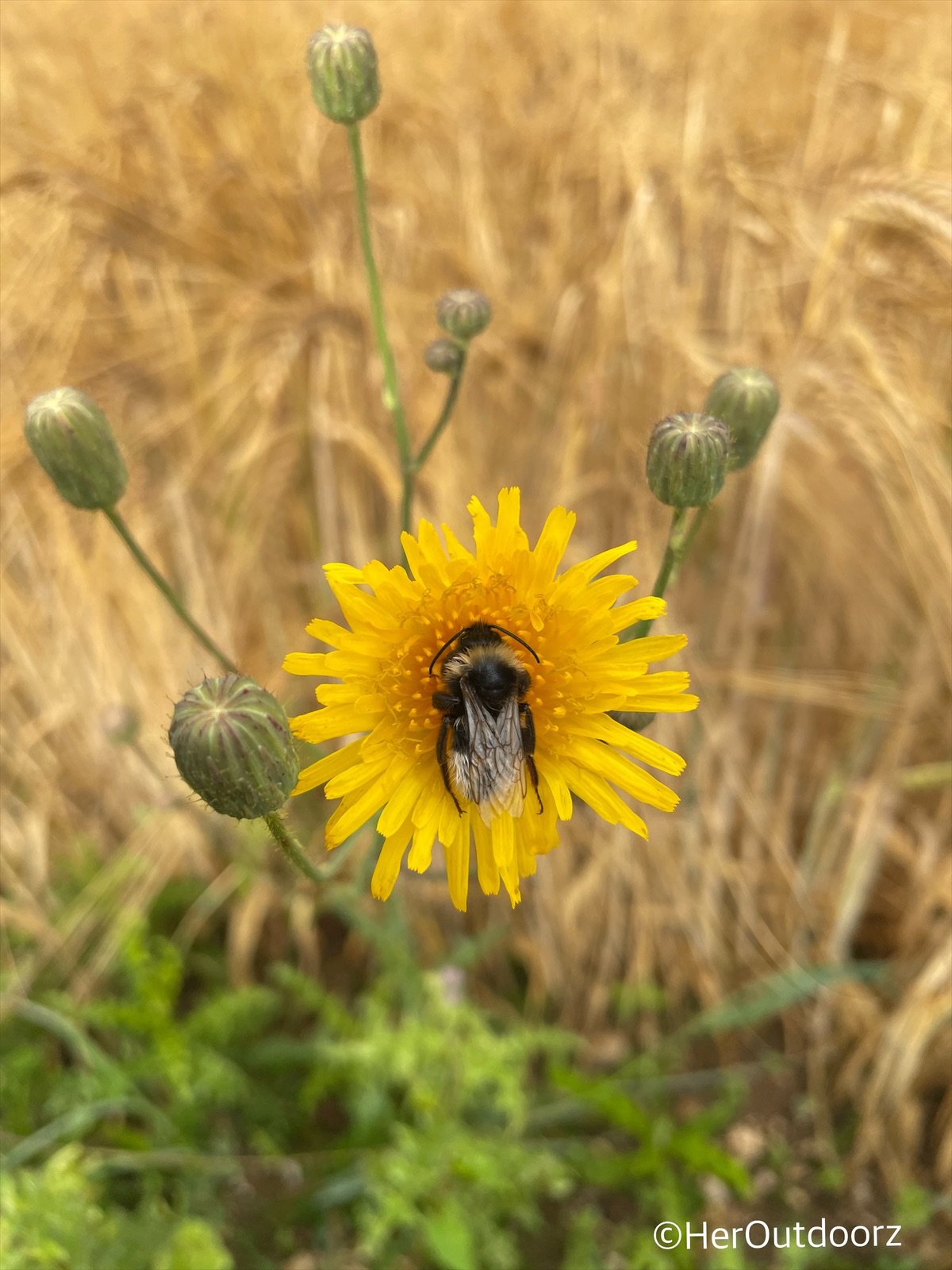
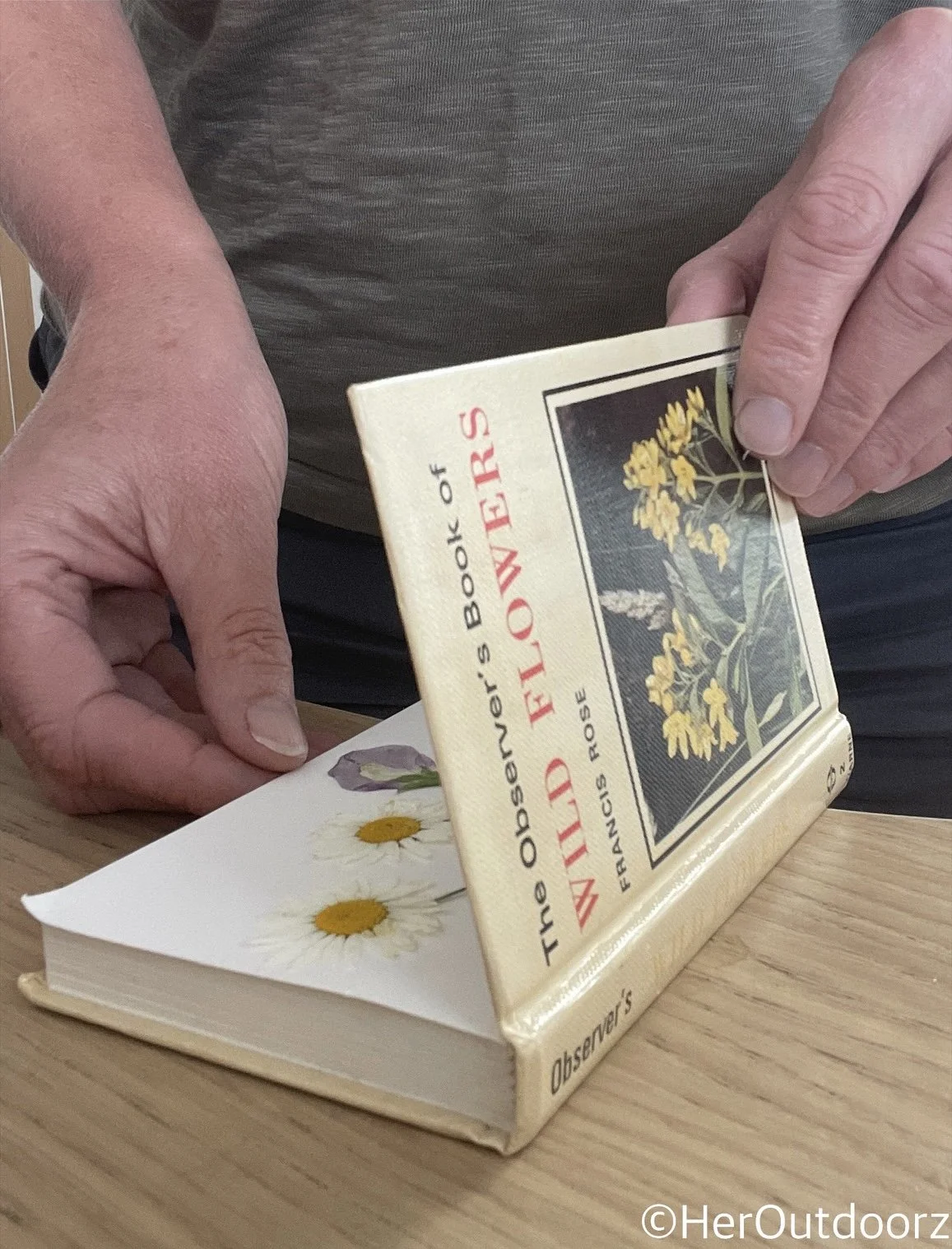

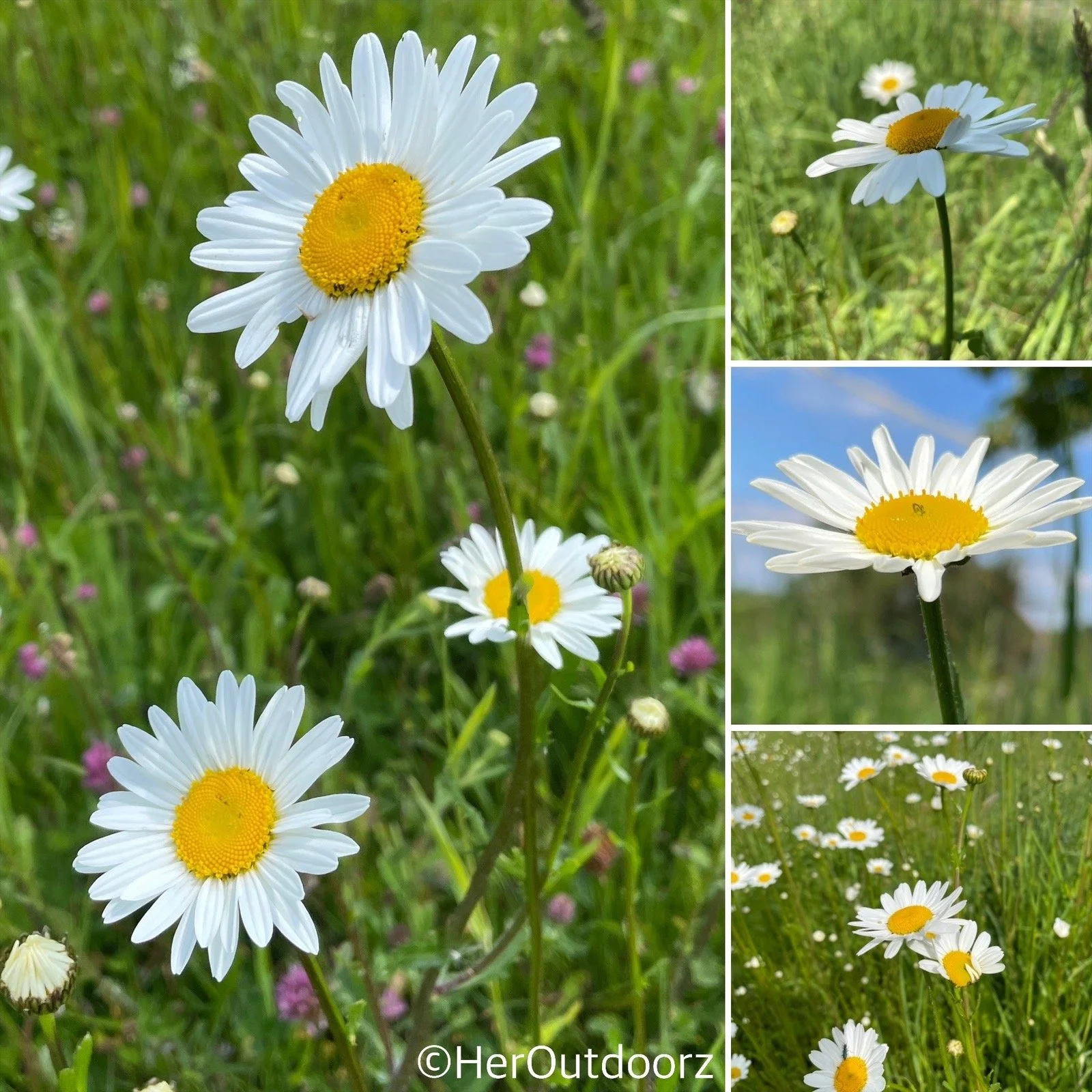








Your garden, or outdoor space can be great for you and for the natural world you share it with. You can have a beautiful, relaxing and interesting garden that’s also valuable to wildlife, pollinators, birds, amphibians and even mammals. Your garden will be so much more interesting and enjoyable as a result!